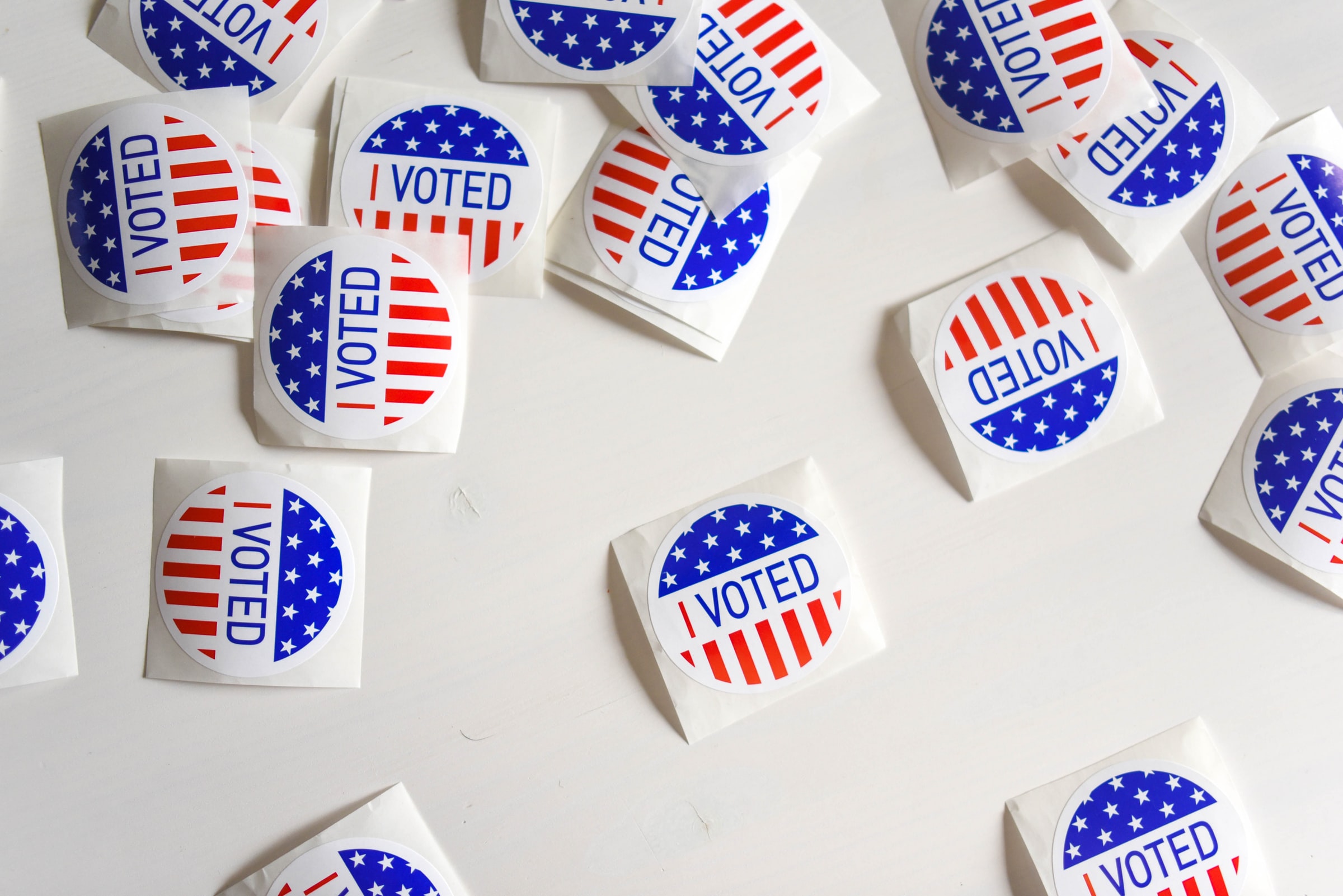What the NJ and VA Gov. Races Tell Us About The Electorate
A week after the governor races in New Jersey and Virginia, two key data points emerge from the results, according to an American Communities Project analysis. First, Republicans lost ground everywhere compared with 2024. Second, the vote in the more urban Democratic strongholds surged.
Already analysts are trying to understand the meaning of the votes for the 2026 midterm elections, but the results also shed light on where the electorate sits right now.
Polling has become challenging in recent years. Building a proper voter sample is a difficult task. Even President Donald Trump’s approval rating can vary widely. He’s at 45% or 46% approval in some surveys and at 37% in others.
The New Jersey and Virginia elections were good examples of these challenges.
Up until Election Day, some polls showed the race in New Jersey to be very close, within a point or two, while Virginia seemed likely to go Democratic by a solid margin of about 10 points. In the end, both states turned out to be Democratic routs. In New Jersey, Democrat Mikie Sherrill won by nearly 14 percentage points, while Democrat Abigail Spanberger won by nearly 15 in Virginia.
What happened? As we noted before November 4, both states are not especially good territory for Republicans in the Trump era. And the long historical pattern of the two states going the opposite way of the White House didn’t help. But the numbers in each state show an electorate that may still be divided, but that is also currently supercharged against the GOP. There are also specific communities in the ACP that seem to be feeling the impacts of the Trump administration more strongly than others.
New Jersey
Sherrill saw gains in every community type in the Garden State, but the moves were by no means uniform. Graying America, represented by Cape May County in the state, was essentially flat, moving to the Democrat by about one percentage point.
But the moves were bigger in other places, and the real story was the Urban Suburbs, which have a massive impact in New Jersey.
More than half of the state’s 21 counties are Urban Suburbs, holding 79% of the state’s population. That shift on the chart above, a nine-point gain for the Democrats in those places compared with 2024, is very hard to overstate.
There could be a lot of factors driving that shift. The vote out of the Urban Suburbs is generally solidly Democratic. But as we have noted at the ACP, these places have also felt unemployment pain. Here joblessness is rising faster than the national average. That is true in the Urban Suburbs of New Jersey as well, where unemployment has climbed slightly faster than the state as a whole in the last year. That’s not common for these relatively affluent places.
Sherrill also flipped the state’s one Hispanic Center county, Cumberland, to her side (winning it by about 4 percentage points), after Donald Trump carried Cumberland by 4 points in 2024. That change may signal that Republican gains with Hispanic voters in 2024 are temporary. The federal government’s crackdown on immigration is likely playing a role in those places.
Virginia
The story was similar for Spanberger in Virginia, just more so. The feeling going into November 4, was Democratic candidates were likely to do better there because the cuts in federal employment were felt acutely in the state. And the Democrat saw gains in every one of the ACP’s county types in 2025 compared with 2024. (The state is home to 10 of the 15 types.)
Leading the way in the gains were two types that are usually reliably Democratic, but that underperformed for Kamala Harris in 2024: the Urban Suburbs, mostly clustered around Washington, DC, in the north, and the College Towns. Together those types hold 47% of Virginia’s population and both saw double-digit shifts toward the Democrats in 2025.
Along with the unemployment bumps in the Urban Suburbs, the College Towns have also felt pain from the Trump administration in the form of federal grant cuts and threats to academic independence. That may have had some impact in those communities in the state, where the University of Virginia has been targeted.
The big gains for Spanberger in the Military Posts, an 8-point jump in margin, are also noteworthy and may speak to her background in national security. That candidate attribute may be something Democrats want to keep an eye on, especially in states with lots of active-duty servicemen and -women.
Takeaways
One must be careful when trying to draw too many long-term conclusions from off-year election results. Turnout is lower than presidential and even midterm elections. And Republicans are rightly noting that New Jersey and Virginia tend to be more “blue” than other states.
Still, the numbers here reveal a very fired-up Democratic electorate in New Jersey and Virginia, and there is little reason to believe the states are outliers in that regard. The fact that every community type is a little (or, in some cases, a lot) more Democratic in their results in both states likely says something about where the nation is now.
Surveys about President Trump’s approval may miss the point. When push comes to shove and it’s time to vote, New Jersey and Virginia suggest Democrats hold a solid edge right now. The Trump presidency seems to have reenergized the most Democratic voting communities: Urban Suburbs and College Towns. Meanwhile, communities that were good to President Trump in 2024 seem less enthused.
What that will mean for 2026 remains to be seen, but for 2025, the results suggest Democrats currently have a bigger edge on the “generic ballot” than many believe.
